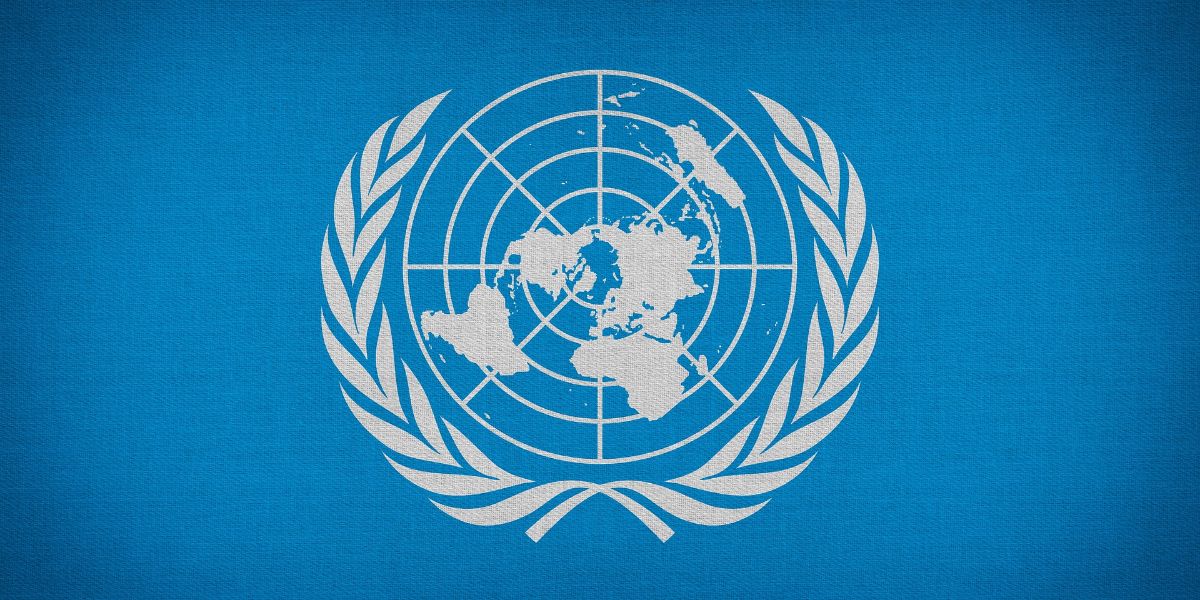On 22 March 2024 the UN Tax Committee discussed the latest output from the work program of the health subcommittee which is producing a handbook on health taxes for developing countries.
Health taxes can apply to tobacco, alcohol, sugar-sweetened beverages (SSBs) or other harmful products, aiming to reduce their consumption and improve health outcomes. The Tax Committee was invited to review and approve Chapter 2 which is an introduction to health taxes for policymakers. The chapter focuses on some issues that may be viewed from different angles by different Ministries, for example the Health and the Finance Ministry, to assist each Ministry in understanding positions taken by officials in the other Ministry.
There was also a first discussion of some other chapters of the draft handbook. Chapter 3 covers the role of health taxes in national budgets. Although the main goal of health taxes is to reduce consumption of harmful products, the health taxes can also generate significant revenues that can contribute to implementing relevant policy measures and achieving the sustainable development goals (SDGS). Tobacco products and alcoholic beverages tend to have inelastic demand and do not have direct substitutes, so there is scope for raising tax revenue. In the majority of countries, tobacco tax revenue is more significant than alcohol tax revenue.
Health taxes are usually more accepted by the public than other taxes. The UNDP has found that tobacco taxes are often accepted both by non-smokers and smokers, enjoying wider public support than other taxes. The revenue-raising potential of health taxes can support the public health argument in boosting public and political support, and can be more acceptable for the public than non-tax policy measures to reduce harmful consumption.
The draft Chapter 8 addresses the potential secondary effects of health taxes. These potential secondary and spill-over effects are often used to influence governments to delay the introduction or increase of health taxes. It is often argued that health taxes lead to the loss of employment, hinder GDP growth, contribute to higher inflation and lead to the outsourcing of production. It is also argued that health taxes increase the illicit trade in the affected products.
The size of potential secondary effects varies across countries and is influenced by the economic and political context, the size of the market in the harmful product and the scale of farming linked to the taxed products. The chapter looks at the impacts of health taxes on the economy and relevant sectors, their scope and potential mitigation strategies. The chapter also indicates some potentially positive secondary effects.
The draft Chapter 10 on public acceptability of health taxes considers their acceptability in relation to cultural aspects and the consumption patterns of alcohol, tobacco, and SSBs. The environmental and cultural factors influencing consumption include socioeconomic disadvantage (in the case of tobacco users); religious beliefs (affecting tobacco and alcohol use); and living in an urban rather than a rural area. Acceptability among the public is shaped by the perceptions, attitudes, cultures, and behaviours of the people directly affected by health taxes. Acceptability can be increased by appropriate communication strategies and education.
The subcommittee also presented for review Chapter 12 on specific alcohol taxation issues and Chapter 13 on specific issues with respect to excise taxation to support improved nutrition.













